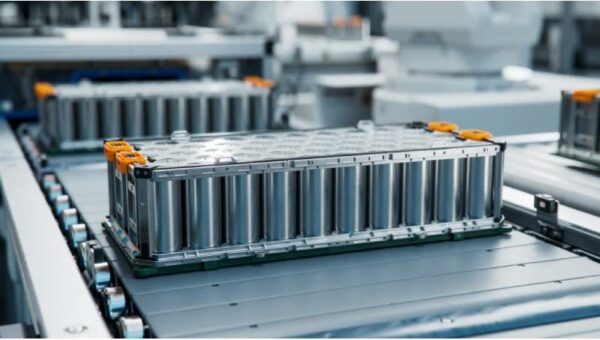The second version of the ground-breaking blade battery from Chinese automaker BYD and its battery business, FinDreams, is expected to debut later this year; an August launch is likely. Significant improvements are anticipated in the next blade battery version, most notably an increased energy density estimated to reach 190 Wh/kg.
When the first blade battery was released in 2020, it completely changed the electric vehicle (EV) market by using less expensive lithium iron phosphate (LFP) batteries to attain power densities that were on par with those of nickel cobalt manganese (NCM) batteries.
By placing individual cells inside the battery packs in a blade-like arrangement, this innovation was made possible and led to a 50% boost in space utilisation over the then-current LFP batteries.
Plans for the new battery were revealed by BYD Chairman Wang Chuanfu at a recent financial report communication meeting. The second-generation blade battery, according to Chuanfu, will be more compact, lighter, and require less power per 100 kilometres while maintaining the same endurance.
The research claims that the second-generation blade battery’s increased energy density may allow all-electric cars to have a CLTC range of more than 1,000 kilometres, possibly matching the performance and range of solid-state and semi-solid-state batteries.
Assuming the second-generation blade battery meets the desired energy density of more than 190 Wh/kg, it will become the best LFP battery to date. The resistance of the blade battery to thermal runaway, as shown in the nail penetration test where conventional NCM batteries fire upon penetration while the blade battery remains intact, is one of BYD’s safety features.
Improvements in the second-generation blade battery are anticipated to optimise size, weight, and power consumption in addition to increasing energy density, which would increase the performance and range of electric vehicles. In the end, it is projected that these advancements will help make EVs more affordable, supporting BYD’s objective of providing new energy vehicles (NEVs) at costs less than those of conventional fuel-powered cars and strengthening its position as a market leader.
The second-generation blade battery was just revealed by BYD, indicating the company’s dedication to innovation and progress in the electric mobility space. The fifth-generation DM-i plug-in hybrid system is expected to have a combined range of almost 2,000 kilometres.








